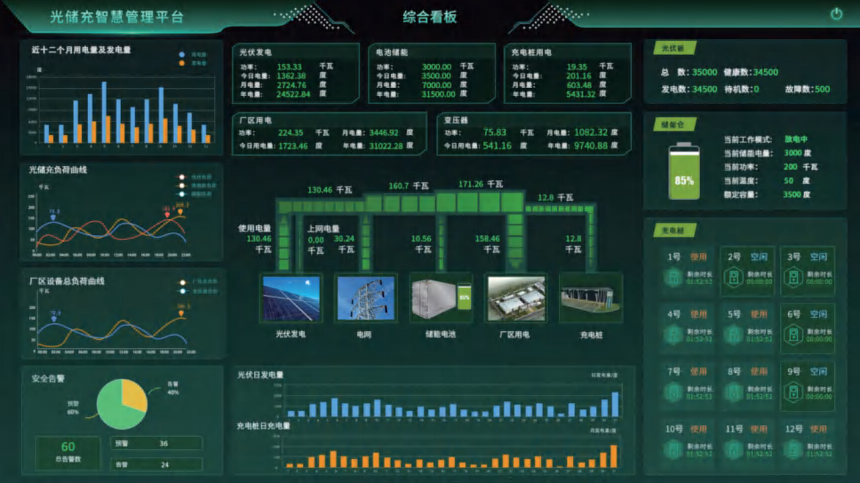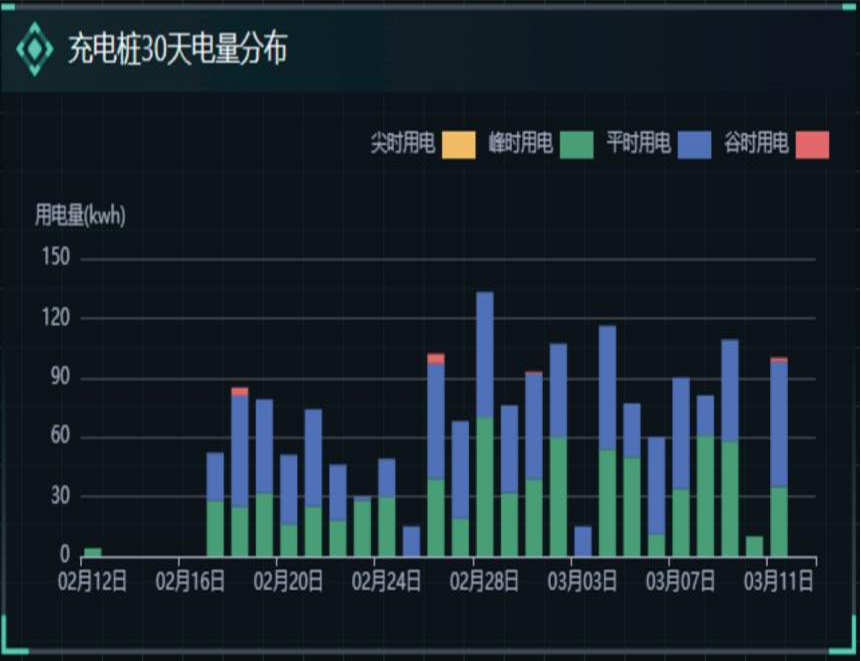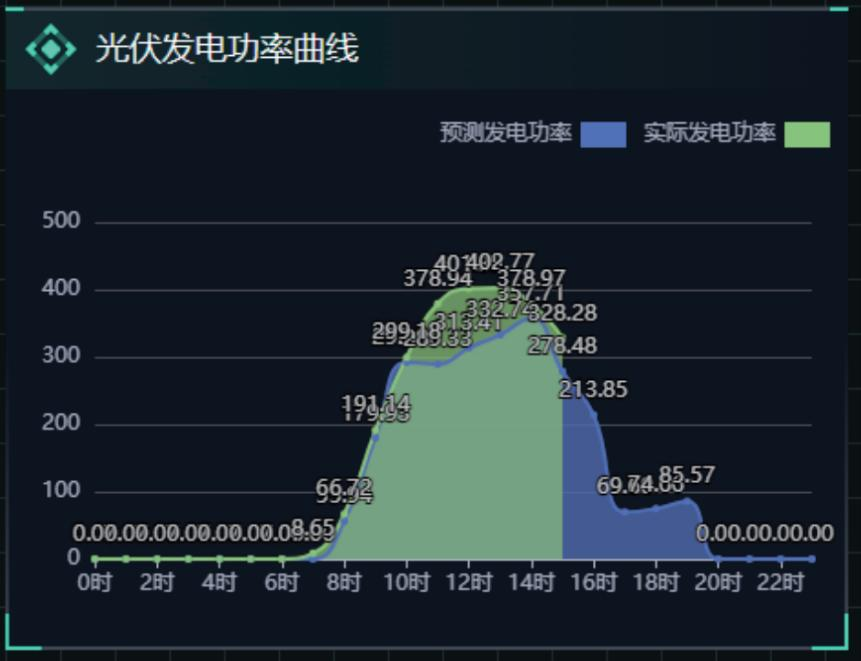1. System Overview
By integrating the photovoltaic system, energy storage system, charging pile system, and enterprise energy system, and utilizing AI to intelligently predict enterprise electricity consumption and photovoltaic power generation, the "photovoltaic-storage-charging-usage" integrated operation control is realized. This achieves observable, measurable, adjustable, and controllable energy flow of "photovoltaic-storage-charging-usage," enabling reasonable and intelligent use of electrical energy, reducing carbon emissions, exploring new models for safe energy use and cost reduction with efficiency improvement in enterprises, and achieving the overall goal of a modern comprehensive photovoltaic-storage-charging smart system: ensuring enterprise production electricity demand and reducing enterprise energy costs.

2. System Functions
Electric Energy Management
By real-time monitoring and recording the odd and even harmonic content rates and voltage distortion rates of equipment operation, the system provides diagnostic reference data on the energy quality of each device, thereby offering directions and bases for improving equipment energy quality. The system divides electric energy quality data into daily, monthly, and yearly data.
Photovoltaic-Storage-Charging Control and Prediction
Three controls: energy storage control, charging pile control, transformer load control.
Four predictions: production electricity consumption prediction, photovoltaic power generation prediction, transformer load prediction, energy storage capacity prediction.
Load Management
Through intelligent circuit breakers and smart mini-breakers, based on actual transformer load conditions and grid load allocation requirements, controllable loads are managed. These loads can be adjusted via intelligent electrical equipment, enabling load response according to grid demands.
Energy Storage Control
The purpose of energy storage is to store surplus photovoltaic power or electricity at lower grid prices, then use it when grid prices are higher, thereby ensuring power supply, reducing costs, and increasing benefits. Energy storage is a continuous process requiring reasonable advance planning. Storage strategies, including charging time and capacity, are predicted and formulated based on the following data.
(1) Read relevant parameters of the energy storage battery from the battery management system, including rated battery capacity, remaining capacity, charging time, voltage, and other charge-discharge parameters.
(2) Photovoltaic power generation load prediction curve is generated by big data AI prediction based on weather, temperature, and historical photovoltaic power generation data.
(3) Electricity load prediction curve is generated by big data AI prediction based on factory production conditions and historical electricity load data.
(4) Configuration functions for peak, valley, and flat periods and electricity prices, as well as photovoltaic grid electricity prices, adapt to different peak-valley-flat cycles.
Charging Pile Control Logic and Charging Strategy
The intelligent charging pile, as an important component of photovoltaic-storage-charging, aims to fully utilize photovoltaic power generation and energy storage capabilities to achieve economic value. Its control logic mainly prioritizes ensuring factory production electricity use, charging with surplus electricity, and monitoring transformer load to send different control commands to the charging pile control system to appropriately reduce charging power or even stop charging, implementing localized flexible load control.
The charging strategy also encourages prioritizing the use of photovoltaic power for charging, using price as a means, specifically:
1. Encourage charging during periods of surplus photovoltaic power generation.
2. Encourage relaxing charging time requirements to allow dynamic adjustment of charging time and power.
3. Based on AI prediction, dynamically adjust charging prices in real time.
4. Launch a charging reservation app to guide users to charge and enhance the value of photovoltaic power generation.
 |
 |
 |
 |
3. System Value
Reduced operation and maintenance costs: real-time monitoring, intelligent alarms, precise guidance for operation and maintenance work, reducing operation and maintenance costs.
Improved work efficiency: mobile operation and maintenance, automated settlement management, effectively improving operation and maintenance work efficiency.
Enhanced management level: diversified report statistics, intelligent operation analysis, comprehensively improving power station operation management level.
Improved power generation efficiency: accurately identifying power station generation shortcomings, precisely guiding repairs, enhancing power station generation efficiency.
Integrated photovoltaic-storage-charging management can be performed to meet energy regulation requirements.



